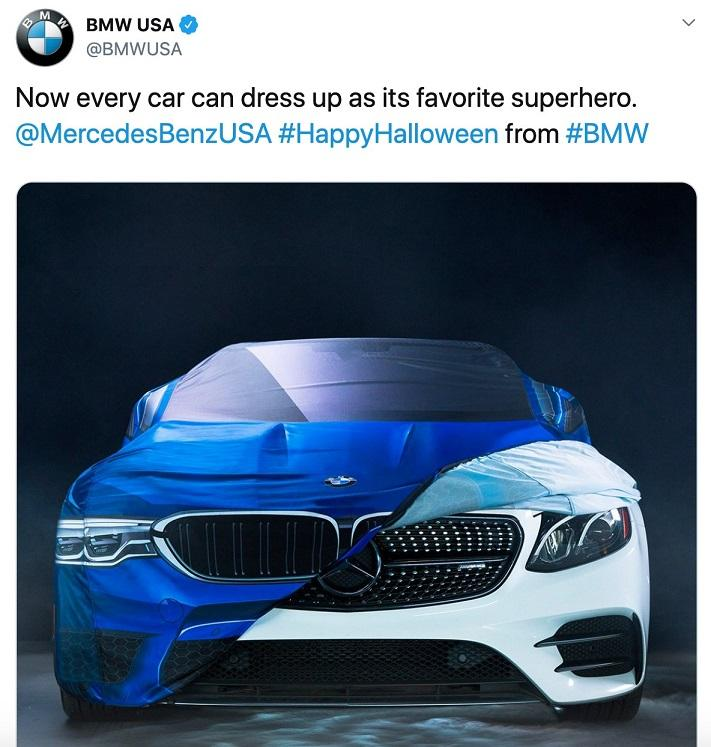Comparative advertising is an advertising strategy that enables marketers to compare their brand with their competitors’ brands and highlight their benefits. Companies using this strategy present their product as the best choice.
Is comparative advertising legal?
Yes, it’s definitely legal. Comparative advertising makes companies develop faster and generate innovative ideas in a highly competitive environment. In addition, this type of advertising attracts user attention, unveils the best features of several competing alternatives, and allows consumers to make an informed decision.
However, do not forget that the Lanham Act regulates false advertising in the USA. In simple terms, when producing comparative ads, remember that they should refer to some scientific research, study, or any verifiable results. You can’t just say that your medicine is the best choice to deal with food poisoning. Such claims need thorough investigations, experiments, and scientific evidence.
To be on the safe side, companies should not:
- mislead their consumers by providing ambiguous information;
- contradict facts and research results;
- sugarcoat any data.
Generally, the law regulates what you say about your brand, claims you make about your competitors, and the way you present them. If you aim to ensure legal compliance, remember that you should not violate any aspect of the false advertising law. Do not forget that a plaintiff must prove to the court that a claim from the advertising is false.
We strongly recommend that you compare your brand to similar brands. However, don’t compare your company’s products to startups or any much smaller organizations because you can look like a bully, and there are chances that consumers know nothing about your competitor. This way, you can harm your reputation, and as a result, your potential clients will choose the offended company because of sympathy and your free advertising.
As you see, comparative advertising is a chance of development and a significant risk at the same time. You should know the advantages and disadvantages of this type of advertising to be fully aware of its possibilities.
Pros and Cons of Comparative Advertising
If you want to have a clear picture, check out our considerations on the topic below.
Advantages of comparative advertising include the following ones.
- Brand awareness increase. If you compare your products to the products of a bigger brand, you can boost your brand awareness significantly. Providing reasonable facts that make your company a better decision than a well-known brand is an effective way to attract the attention of a big audience, which will work in your brand’s favor.
- More informed customer decisions. Consumers often don’t carry out their research because they’ve got used to buying this particular item for years. They are not familiar with the situation in your niche, and thus, competitive advertising is a game-changer here. You can even demonstrate the flaws of your competitors but keep in mind that you should cover the way you outperform competitors in this particular aspect as well.
Still, there are some tangible disadvantages that you need to consider.
- Your brand can be subject to the law. This is the worst outcome, but still, every marketer can face it. Check and prove every claim you make in your ad to avoid legal wrangling. Don’t mislead your consumers and follow the rules we’ve outlined in the previous section.
- You can harm your reputation. Comparing your brand to a smaller company and excessive bullying can scare away your customers. People can perceive this strategy as a cheap trick, so don’t go too far with your claims. Remember that your ad should be light-hearted.
- You can lose customers. This may be the consequence of your damaged reputation. You risk not only wasting advertising money by scaring away potential clients but losing your existing ones who might consider your brand unworthy. Do not forget that your key aim here is not to diminish your competitor’s achievements but to highlight yours.
Despite all the risks and disadvantages, comparative advertising is still a great marketing strategy. Big brands often choose it for their campaigns, just like the one in the example below.
Example of Comparative Advertising
Big brands sometimes poke fun at other brands to make a good impression, but the jokes are kind and light-hearted. Check out an example of comparative advertising produced by BMW. The brand knows that each child has their favorite superhero like Spiderman or Batman, so the brand turned BMW into a superhero. They hint that even a Mercedes wants to become a BMW. This funny ad encouraged tens of thousands of likes and retweets.

Now that you know about the pros and cons of comparative advertising, you can get inspired by the examples and create your outstanding campaign.
References
- Here you’ll find a quick guide to comparative advertising.
- This article offers some best practices to follow for optimal campaign results.
- This article considers comparative advertising in terms of the law.
Last Updated: 07.11.2023

or